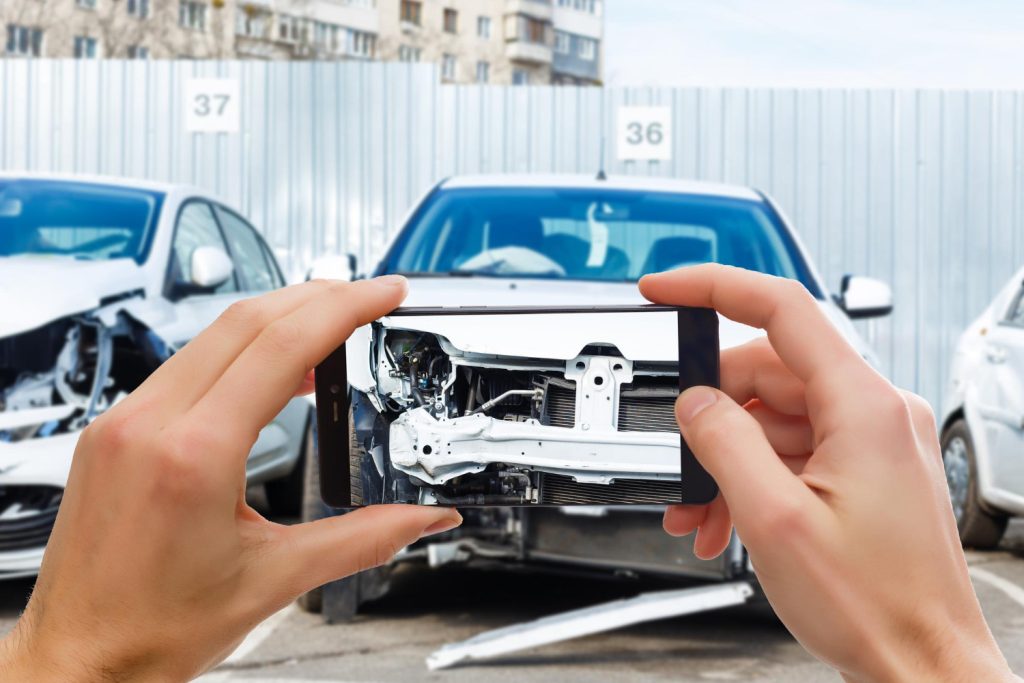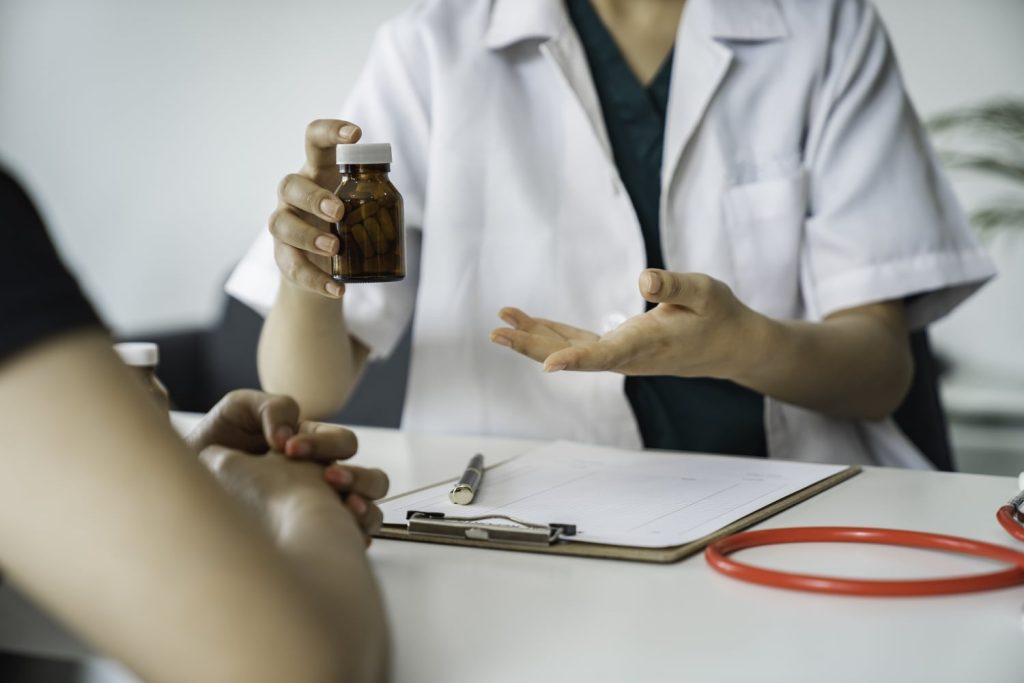As warm weather takes hold, millions of bicycle riders like you take to their saddles to enjoy the open road. Cycling is beneficial on many different levels, but it poses well-documented risks to health and wellness. According to the National Highway Traffic Safety Administration, many cyclists fall prey to these risks and experience serious injuries every year.
Attorney Pam Olsen is a caring and experienced Ocala bicycle accident lawyer. In addition to helping those injured while biking pursue legal compensation, she actively works to educate her community about how to avoid cycling accidents. By doing so, she hopes to help prevent such unfortunate incidents before they happen.
In this field of endeavor, prevention is better than a cure.
Types of Common Cycling Accidents
If you understand how potentially hazardous traffic conditions can be, you’ll know more about how to avoid cycling mishaps. The following are examples of some of the more common accidents.
Falls Due to Road Surface Damage or Debris
Bad roads are a significant problem in many large and small cities. Roads with potholes, cracks and other issues cause untold amounts of damage to vehicles every year. These roads are also major causes of individual cycling accidents.
For example, a pothole that may scratch the tire on a vehicle can cause a cyclist to lose control completely.
Distracted Drivers
Modern cars are full of plenty of potential distractions. These include things like digital devices, car radios, and fellow passengers. Unfortunately, many drivers let these potential distractions become real problems.
Driver distraction is a major problem for many reasons, including its impact on reaction time. For example, it can take over 100 feet to completely stop a car traveling at 30 mph under favorable conditions. Drivers who don’t stay alert take much longer to react, which can have tragic consequences for cyclists in their paths.
Right Hook Accidents
Cyclists who move with the flow of traffic usually ride on the extreme right side of roadways. Riding on this part of the road is technically correct, but it could still expose unsuspecting cyclists to a hidden danger. One such hazard is a right hook accident.
This kind of accident occurs when a car makes a sudden right turn into the path of a cyclist behind it. If this happens, the bicycle, rider, and vehicle collide.
Distracted Riders
Sometimes, riders can be at fault in vehicle versus bicycle accidents. This happens because some cyclists use headphones, cell phones, or other distracting devices as they ride. In addition, cyclists who regularly transit familiar routes may go into autopilot mode and fail to notice nearby hazards.
Cycling Accident Injuries can be Significant
The road hazards mentioned above represent just a few of the possible issues that frequently affect cyclists. When these tragic situations happen, the riders involved often sustain significant and sometimes life-changing injuries. The severity of these injuries is one reason why cyclists involved in crashes often require professional legal representation.
Common bicycle accident injuries include:
- Road Rash lacerations
- Hairline fractures
- Compound fractures
- Joint dislocations
- Muscle tears and strains
- Serious contusions
- Concussions
- Spine injury
- Serious cuts from broken glass
- Neurological damage
How to Stay Safe While You Cycle
Riders can take these five steps to improve safety and avoid injuries.
1. Use Protective Equipment
It is important for you to wear protective gear as you ride. Items such as helmets, knee pads, riding gloves, elbow pads, and proper riding shoes all serve to protect your body.
When you hit the road, you’ll want to ensure that you can see clearly and that motorists can see you. To make sure that your vision stays unimpeded, always wear shatterproof and certified safety goggles. These can keep sharp objects, water, and even sunlight out of your eyes.
To ensure that other motorists can see you, always opt for reflective clothing. This type of clothing is very valuable at night, but it also protects you during the daylight hours. Reflective clothing items improve your visibility and make motorists more aware of your presence.
2. Use Moderate Speed
As bikes become lighter and more efficient, they also allow you to travel much faster than in the past. There’s no doubt that flying down a hill on a well-tuned bike can exhilarate you, but high speeds are also a known factor in serious cycling accidents. When you reduce your speed, you increase safety in many ways.
For example, riding your bike at a slower rate allows you more mental processing and reaction time. Reduced speeds give you more control of your bike and minimize damage or injuries if you collide with an object. They also make it easier for other motorists to see you and predict where you are going.
Finally, operating at a lower speed can minimize injuries in the case of a catastrophic equipment failure.
3. Ride Your Bike as Intended
Doing cycling tricks is all the rage nowadays, but this approach to riding invites injury. To properly operate your bike, you need to access the devices that control it. Therefore, always keep both your hands and your feet in their intended positions as you ride.
4. Take Advantage of Bike Lanes
Many municipalities now work to ensure cyclist safety with their addition of dedicated bike riding lanes. These lanes are usually several feet wide and allow cyclists to avoid parked cars and those in motion. Using bike lanes instead of sidewalks can boost your safety.
5. Use Hand Signals
To avoid accidents, help other motorists predict what you are about to do. To do this, always use official hand signals when making lane changes or turns. Doing so gives motorists essential clues about your intentions, satisfies traffic laws, and keeps you safer.
Although you now know more about how to avoid cycling accidents, they still happen. If you or a loved one have been injured in a bicycle accident in Ocala, Florida due to someone else’s actions, now is the right time to seek help. Contact Pam Olsen, Esq. today for free consultation at (352) 671-9777. Or if you prefer, you can complete this simple contact form and she will be in touch right away.
 CALL US NOW
CALL US NOW




